Evolution of a Roman Crane and Hoist in Ancient Rome
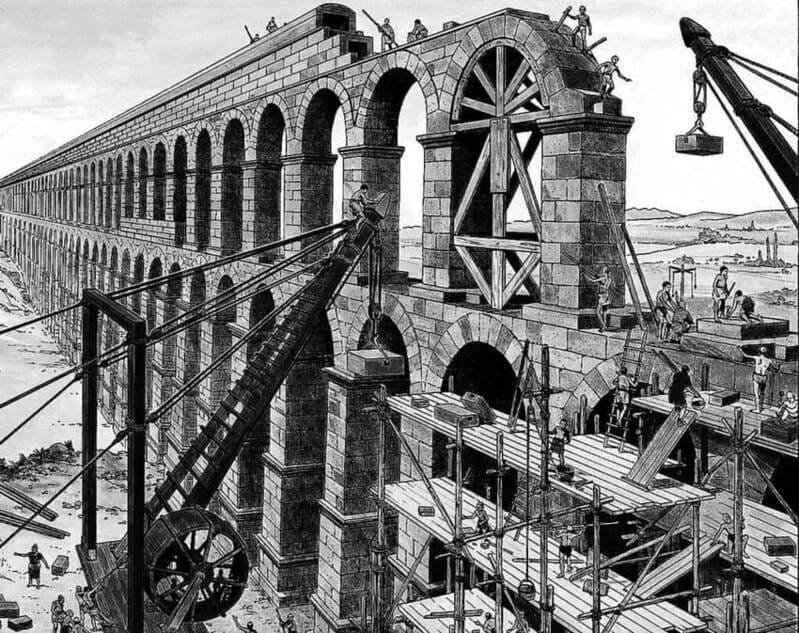
Ancient Roman Crane and Hoist: The Roman Empire invested a lot of time, effort and money developing new cranes for the construction of their buildings, bridges and especially aqueducts. They took the Greek’s crane as a model and improved it.
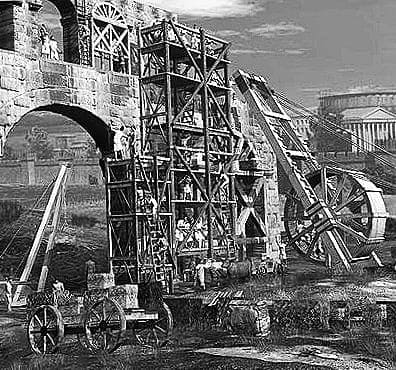
Ancient Cranes
How to build a. Roman Aqueduct?
Roman aqueducts were underground for most of their length, so they were easier to maintain, as well as being less expensive to build. The beautiful arcades that we can see in the remains of some of them, served to save the terrain accidents that could not be solved in any other way. Many times for the construction of these arches the dry sitting technique was used, which is also known as bone rigging.
They worked the clean stone without any type of mortar. The ashlars couple with each other by the pressure they exert on each other. It is a work of great precision, you just have to think about the voussoirs of the arches. To lift the stones they used the Wheel Cranes, as can be seen in the images.
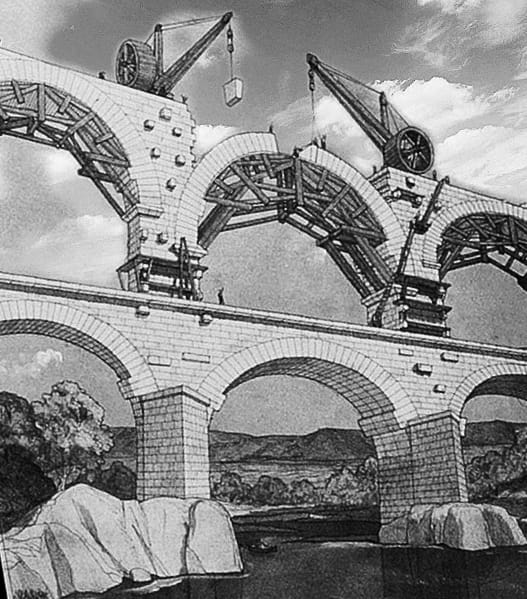
Before building the aqueducts, a series of studies were carried out, such as the quantity of water, its quality, the terrain through which it had to travel, all the accidents of the same. The works used to be extended in time due to how expensive they were, and they also required a great organization that fell to the emperor under the title of curator viarum. The personnel that worked in the works was very extensive, from the aquarum curator, military and civil engineer, surveyor, the fabri – they were the stonemasons, carpenters – who were directed by the praefectus fabri, and lastly the slaves who performed multiple jobs.
Which was a Roman Hoist?
In fact, the simplest Roman Hoist was the Tripastos. It consisted of a single beam jib, a lathe, a rope, and a block containing three pulleys. By maintaining a multiplication ratio of 3 to 1, a single crane operator could raise 300 lbs.


Luggage Samsonite Store

Pentaspastos and Roman Crane
How were the cranes in the Roman Empire?
A more advanced type of crane was the Pentaspastos which had five pulleys. Moreover and even more sophisticated than the Pentaspastos, was the Polyspastos, which had 15 pulleys and up to four masts with a ratio of 60 to 1.
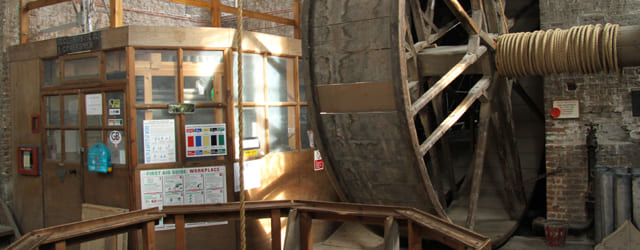
The Polyspastos, indeed, had four operators per side of the lathe, and it could have a maximum load lifting capacity of 6000 pounds accounting for the maximal effort per operator of 100 pounds each. In case the winch was replaced by a drum, it would double its capacity to 12000 lbs.
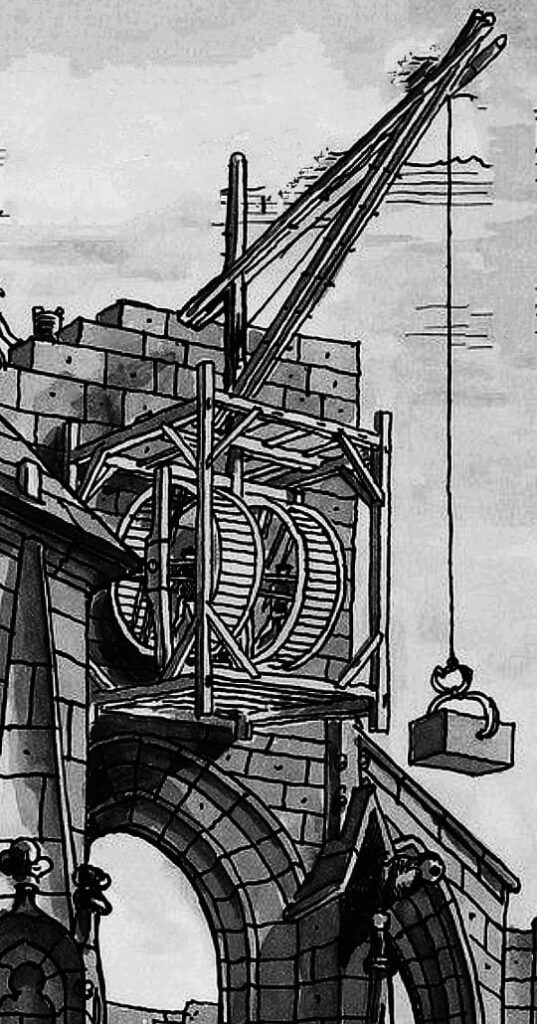
However some buildings contained stone’s blocks of more than 100,000 lbs. How could they lift these loads more than 30 yards high?

Roman Empire Engineers. Roman Crane & Hoist
The Roman engineers managed to raise these weights using a diversity of winches. Although winches have a lower multiplication factor of forces than those driven by drums, Romans could have installed more quantity of winches operated by men or even animals. This kind operation a great coordination was required between the working groups that operated the capstans.
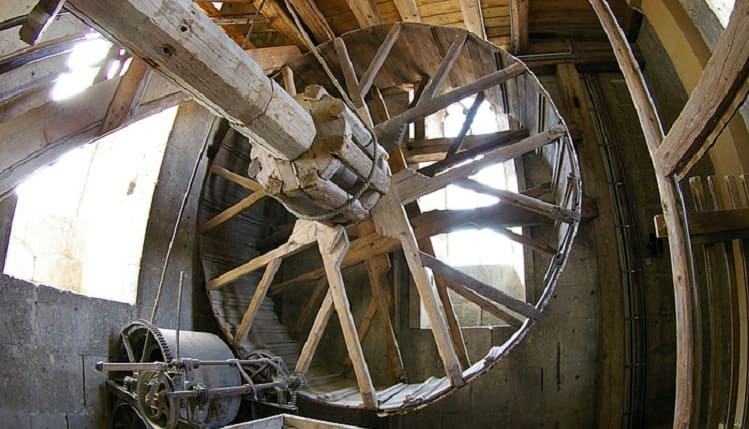
The cranes were almost always operated by slaves who were designed for these industrial jobs. In fact, they were assigned in the so-called squads which had a technical head, the praepositus.
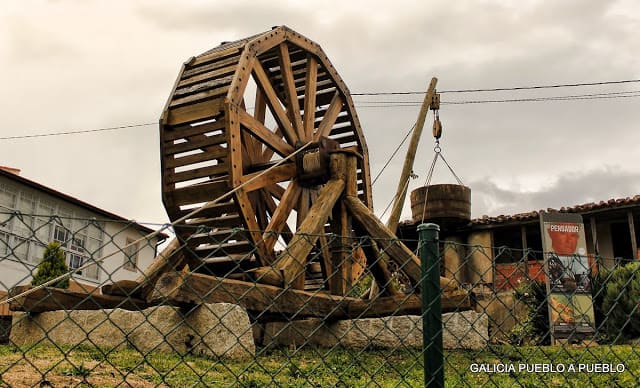

Architect Marco Vitruvio Polión : Ancient Roman Crane & Hoist
(in latín Marcus Vitruvius Pollio; c. -70 BC. -15 BC )
Marco Vitruvio was the author of a book, known today as The Ten Books of Architecture, a treatise written in Latin and ancient Greek about Architecture. It was dedicated to the Emperor Augustus.
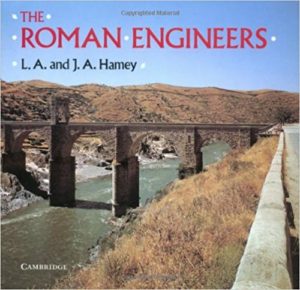
In this book he describes different types machines such as forklifts, cranes and pulleys used for engineering structures. It also contained descriptions of war machines like catapults, crossbows and siege machines.
As he was an engineer, Vitruvio was not only doing a description of the machines itself but he might probably have built and tested them.
Roman Cranes = Medieval Treadwheel Cranes
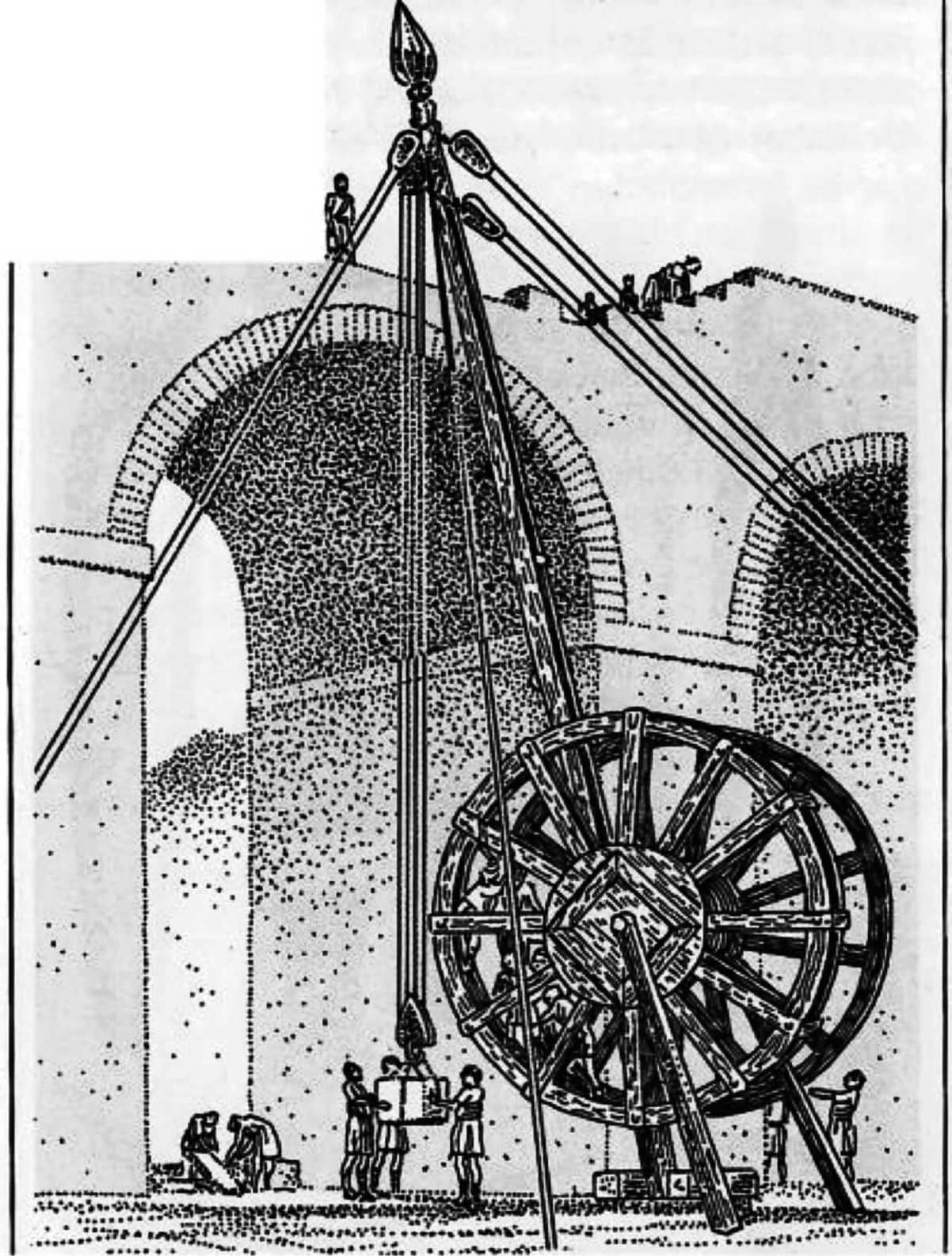
The Roman crane ( treadwheel crane) almost unchanged or modified will be used until the modern age and in some cases until the mid-nineteenth century as in the ports of Germany. Some are still today in their original places of construction. As an example we will put the Cathedral of Strasbourg (France) and the Church Beverley Minster (England)
Ancient Roman Crane in Europe
France
Medieval Treadwheel Crane in Strasbourg’s Cathedral
Treadwheel Crane of Mont Saint Michel Cathedral
Medieval Treadwheel Crane in Strasbourg’s Cathedral
United Kingdom
Beverley Minster Medieval Treadwheel Crane
Treadwheel crane on Salisbury Cathedral
Germany
History of Medieval Treadwheel Cranes in Germany
Poland
Gdansk Harbor Treadwheel Crane
Spain
Arde Lucus 2020 – Roman Festival in Spain
Roman Crane: Vitruvius the ten books on architecture on Amazon
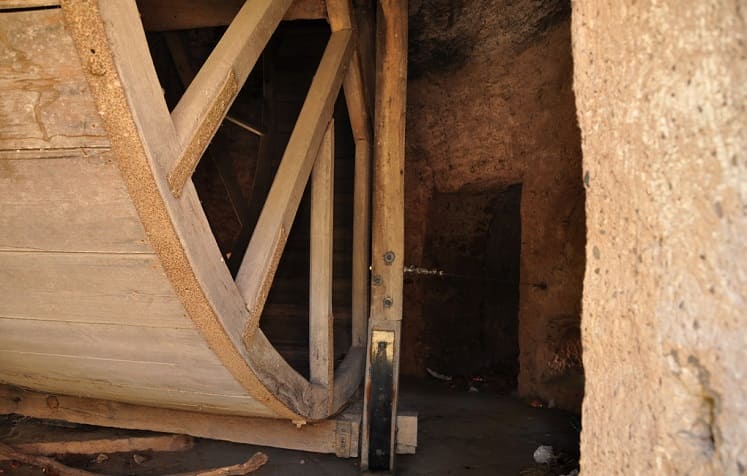
Related Post
- Treadwheel Crane – Ports of Germany
- Thomas Cook & Son
- Treadwheel Crane – Church Beverley Minster (England)
- Travel Check History
- Treadwheel Crane – Cathedral of Strasbourg (France)
- Vettii House Pompeii Italy
- History of tourism: Roman Empire
- Roman Empire: Roads Calculator on line
- History of Tourism : Middle Ages















Your website is nearly unreadable with all the advertisement. Yikes.